Accueil » Cours & Conférences » FUNDAMENTALS OF SEISMIC ACQUISITION AND PROCESSING
FUNDAMENTALS OF SEISMIC ACQUISITION AND PROCESSING
Synthesis
Day 1 : A – Fundamentals of seismic reflectiono Principles of seismic methodso Wavefront at an interface
o Propagation in stratified medium
o Diffracted waves
B – Principles of 2-D technique
o Acquisition environments
o Principle of land acquisition
o Field lay-outs
o Anatomy of a shotpoint
o Concept of CMP
o Fold of coverage
Day 2 : C – Land operation
o Mobilisation of the field unit
o Audits
o Field operations
o Demobilisation
D – Main land seismic sources
o Acquisition equipment
o Vibrators
o Explosives
Day 3 : E – Line equipment
o Cable and cableless surveys
o 1C and 3C Geophones
o Cables and boxes
o Recording instrument
o Radio equipment
F – 3-D Technique
o Why 3-D
o Geometrical parameters
o Operations parameters
o Fold of coverage
o 3-D data
o 3-D areas to be considered
Day 4 : G – Convolutional model of the earth
o Attributes of seismic data
o Geological model
o Genesis of a seismic trace
o General expression of seismic trace
H – Deconvolution
o Purposes of deconvolution
o Deconvolution in practice
o Classes of deconvolution
o Spiking deconvolution
o Predictive deconvolution
o Zero-phase deconvolution
o Results of deconvolution
Day 5 : I – Velocity analysis and stacking
o Seismic velocity
o NMO correction
o Velocity analysis in practice
o RMS velocity
o NMO velocity
o Dix formulae
o Result of stacking
J – Seismic imaging
o Migration principles
o Horizontal and vertical displacements
o Migration considerations
o Migration selection
o Migration results
At the end of the course a one-hour exam is performed on the form of multiple choices question and course-related exercises

